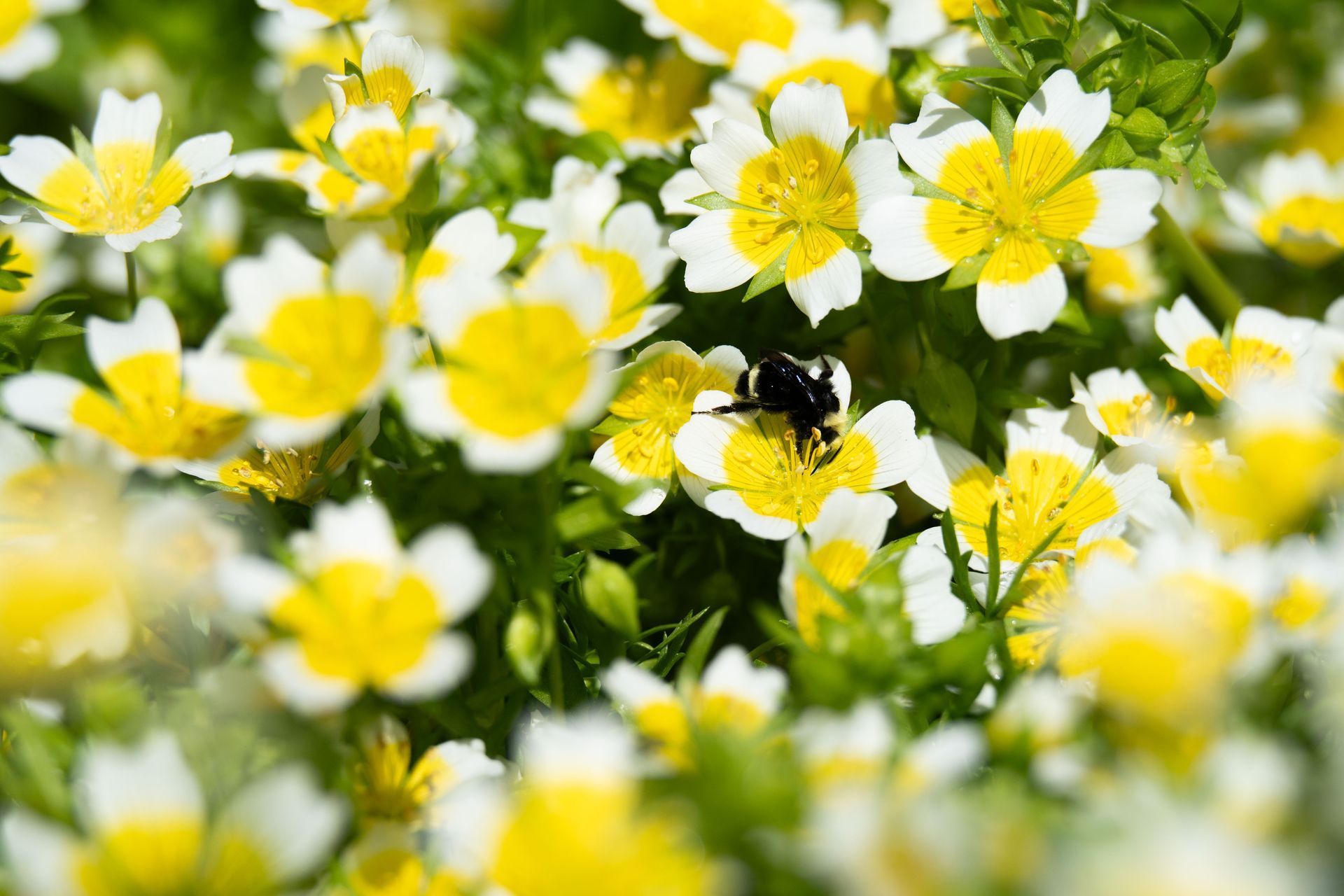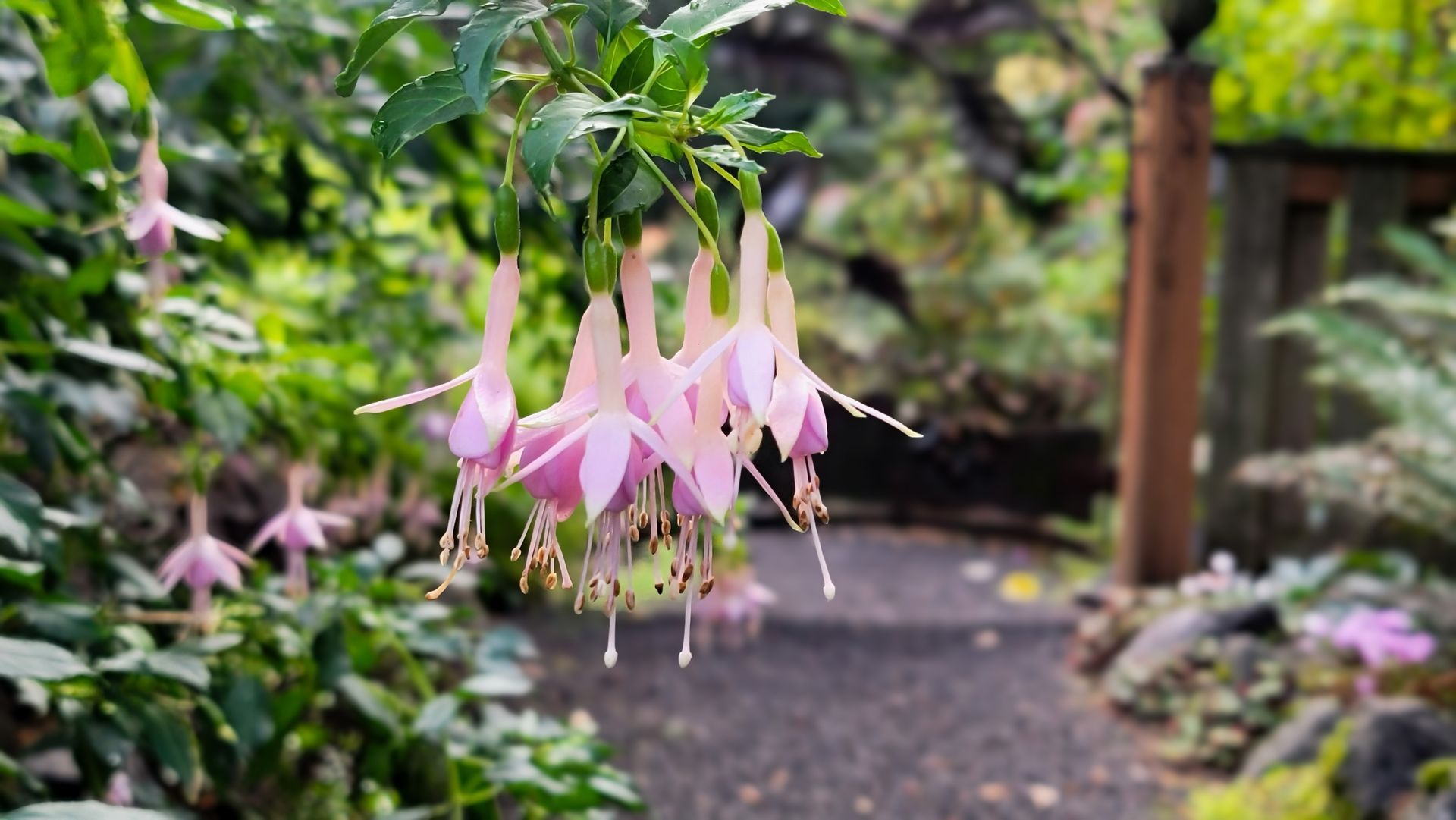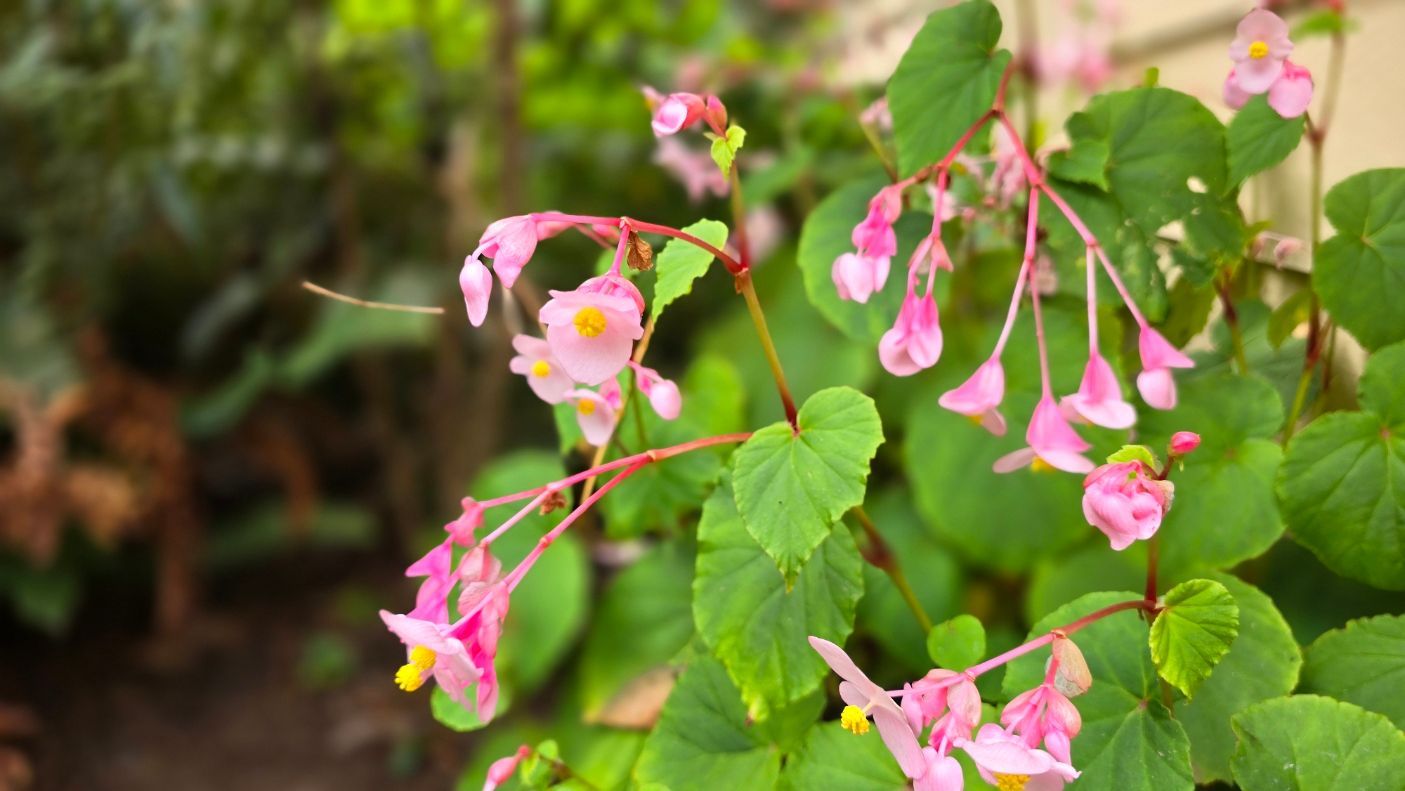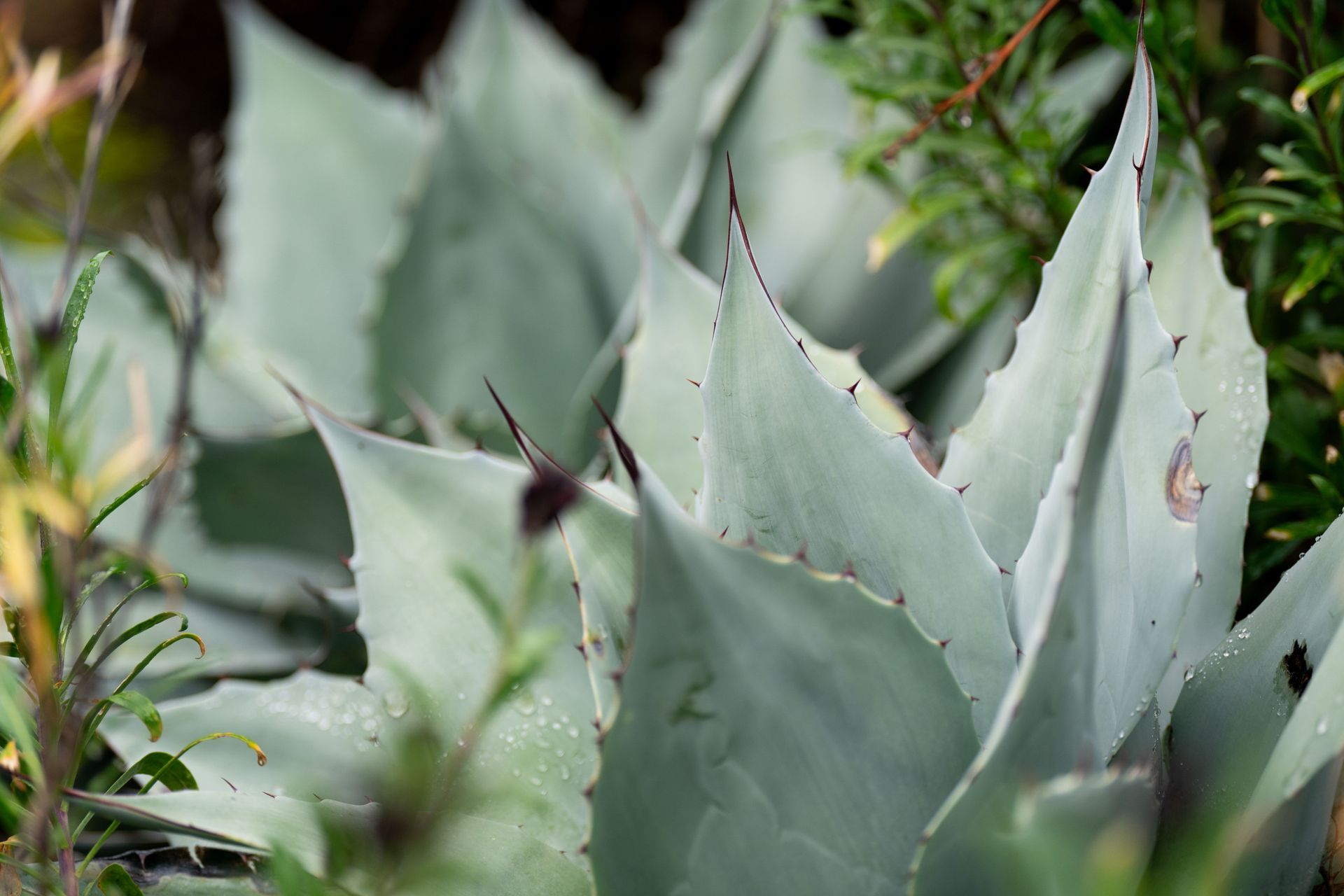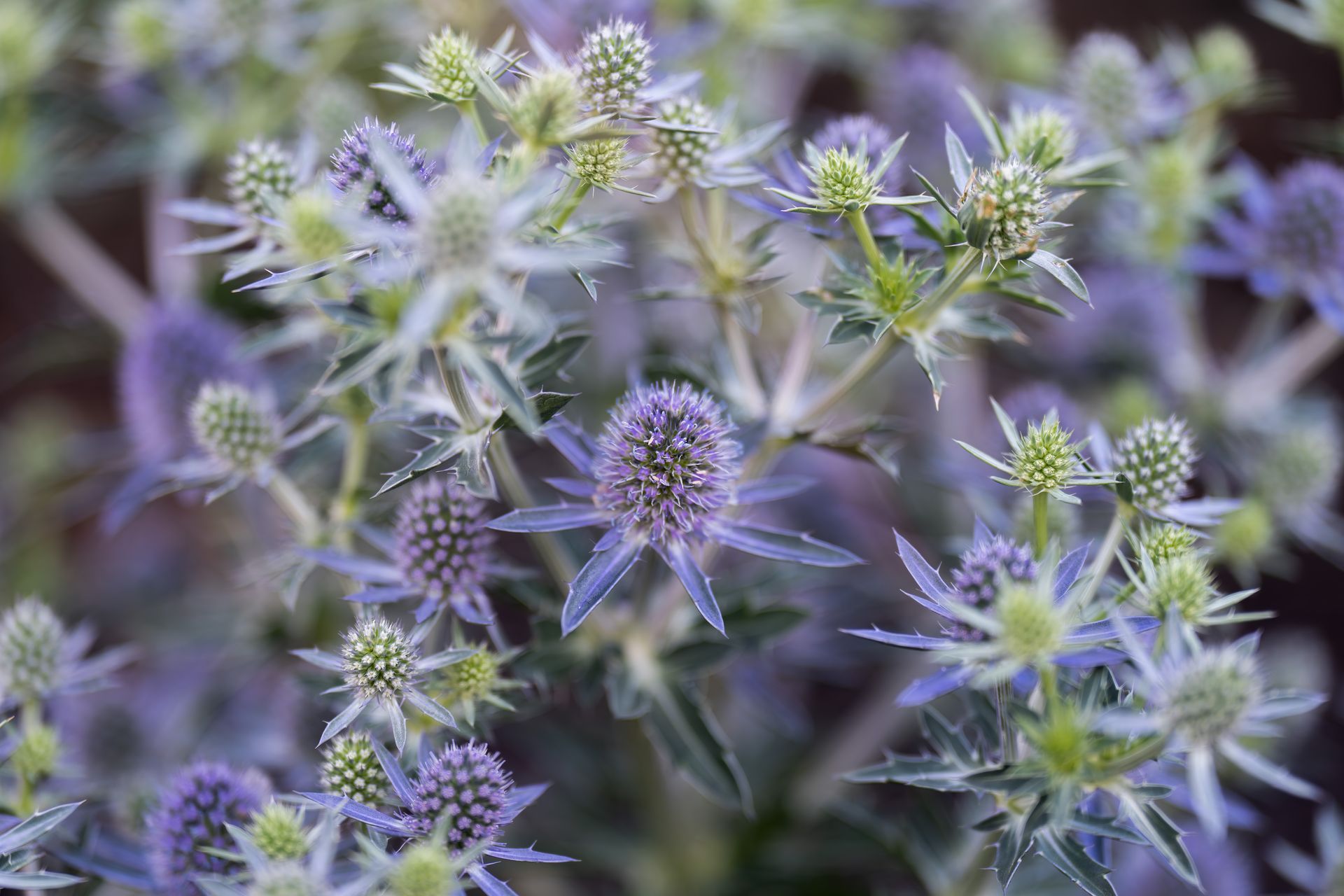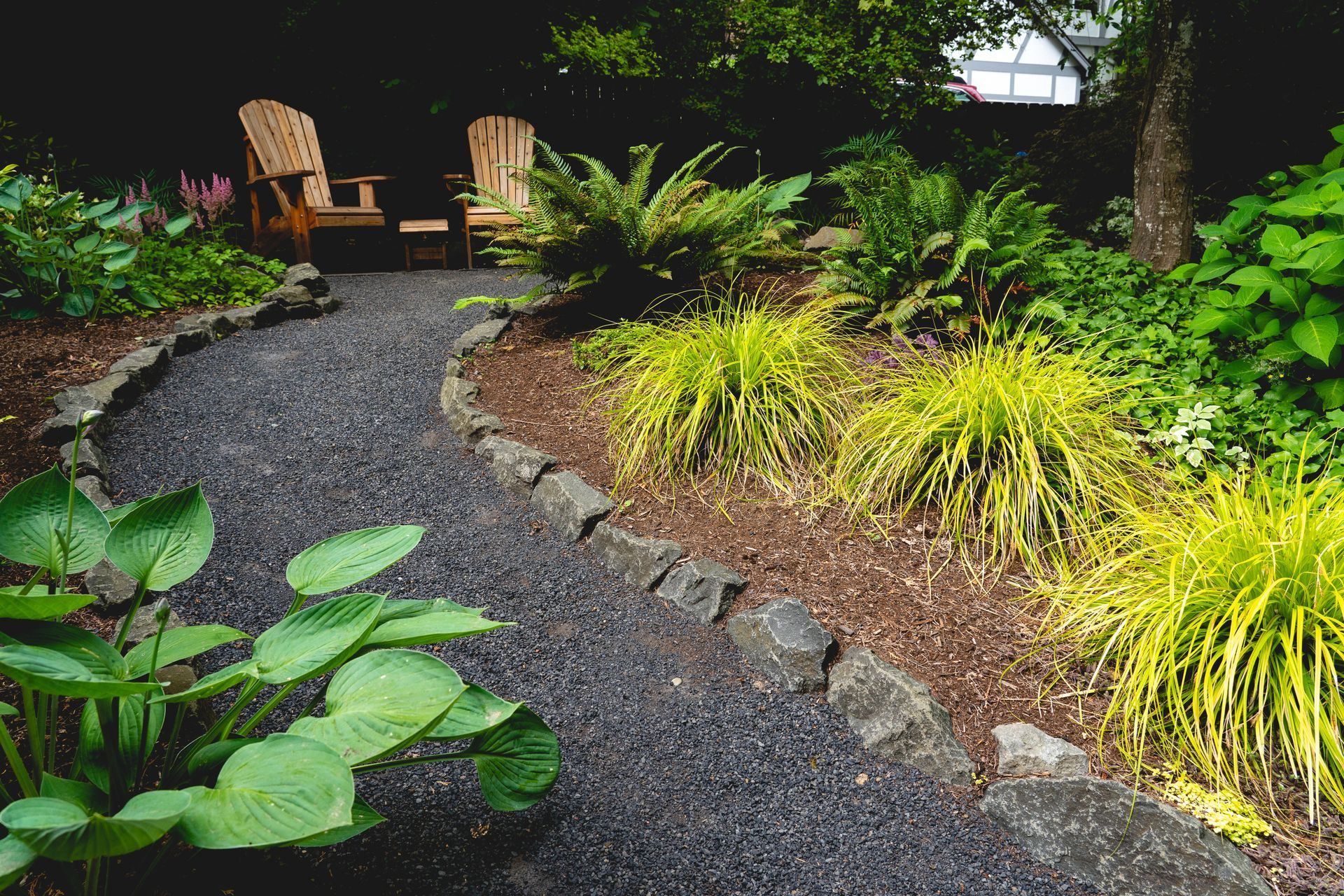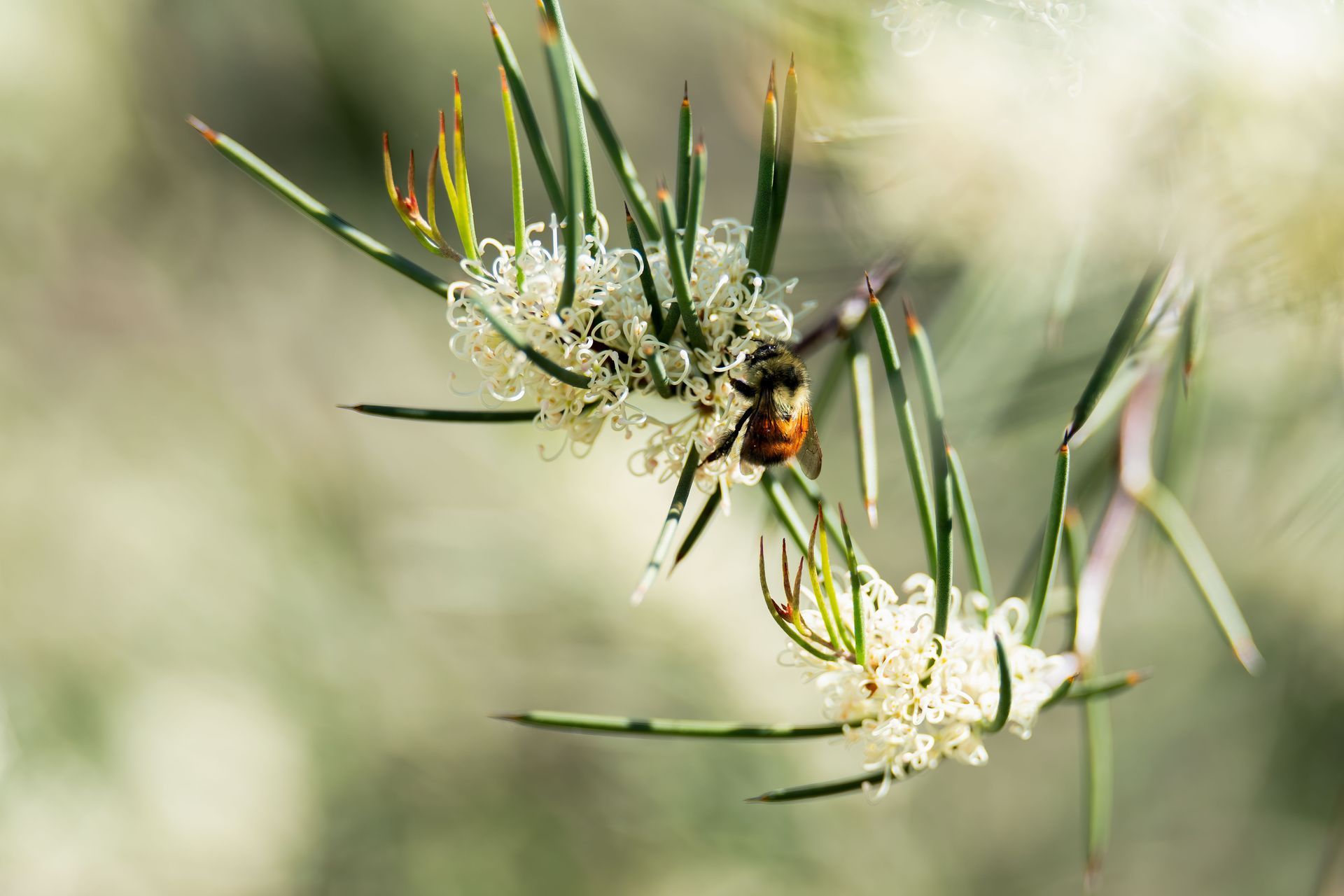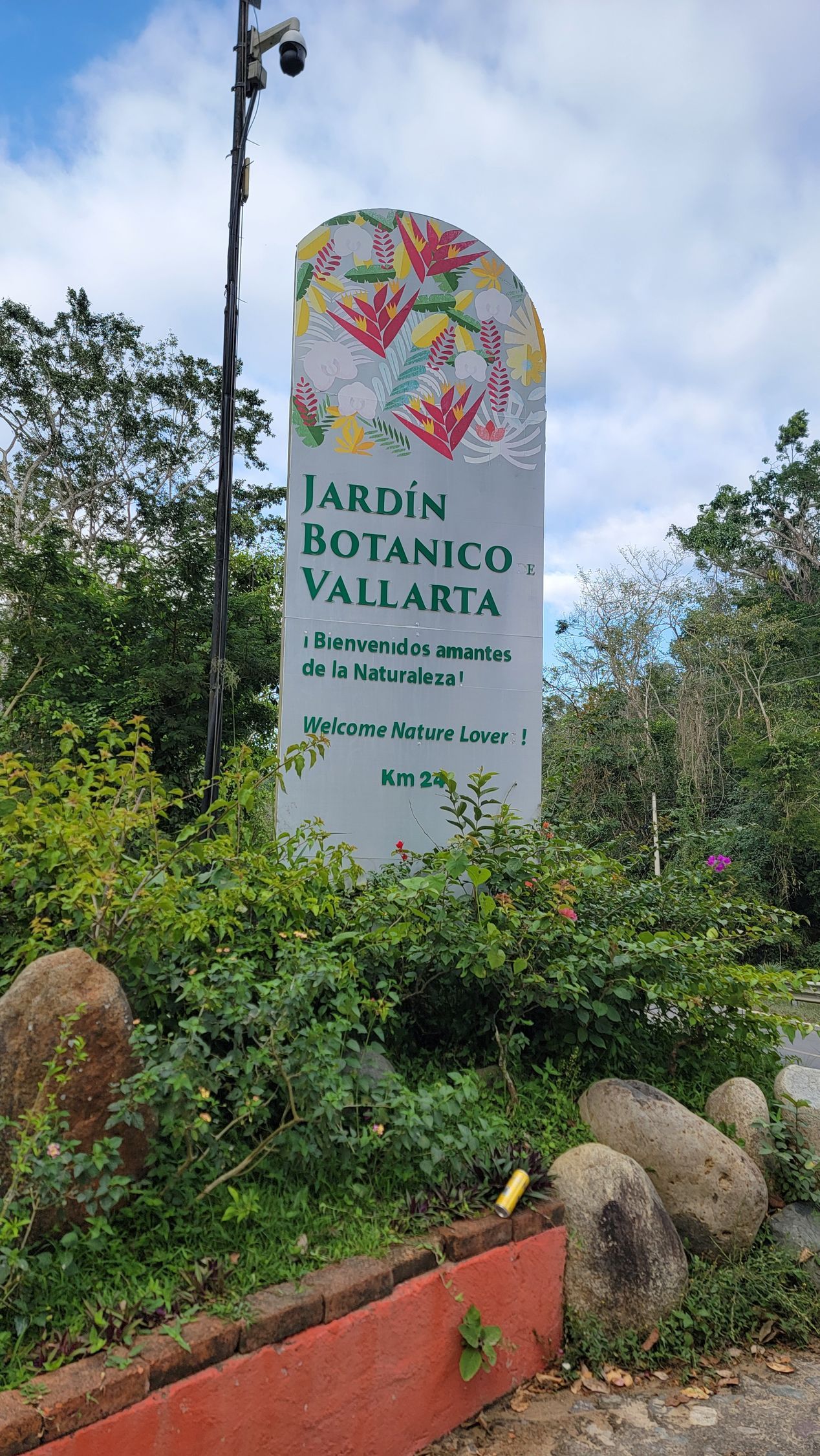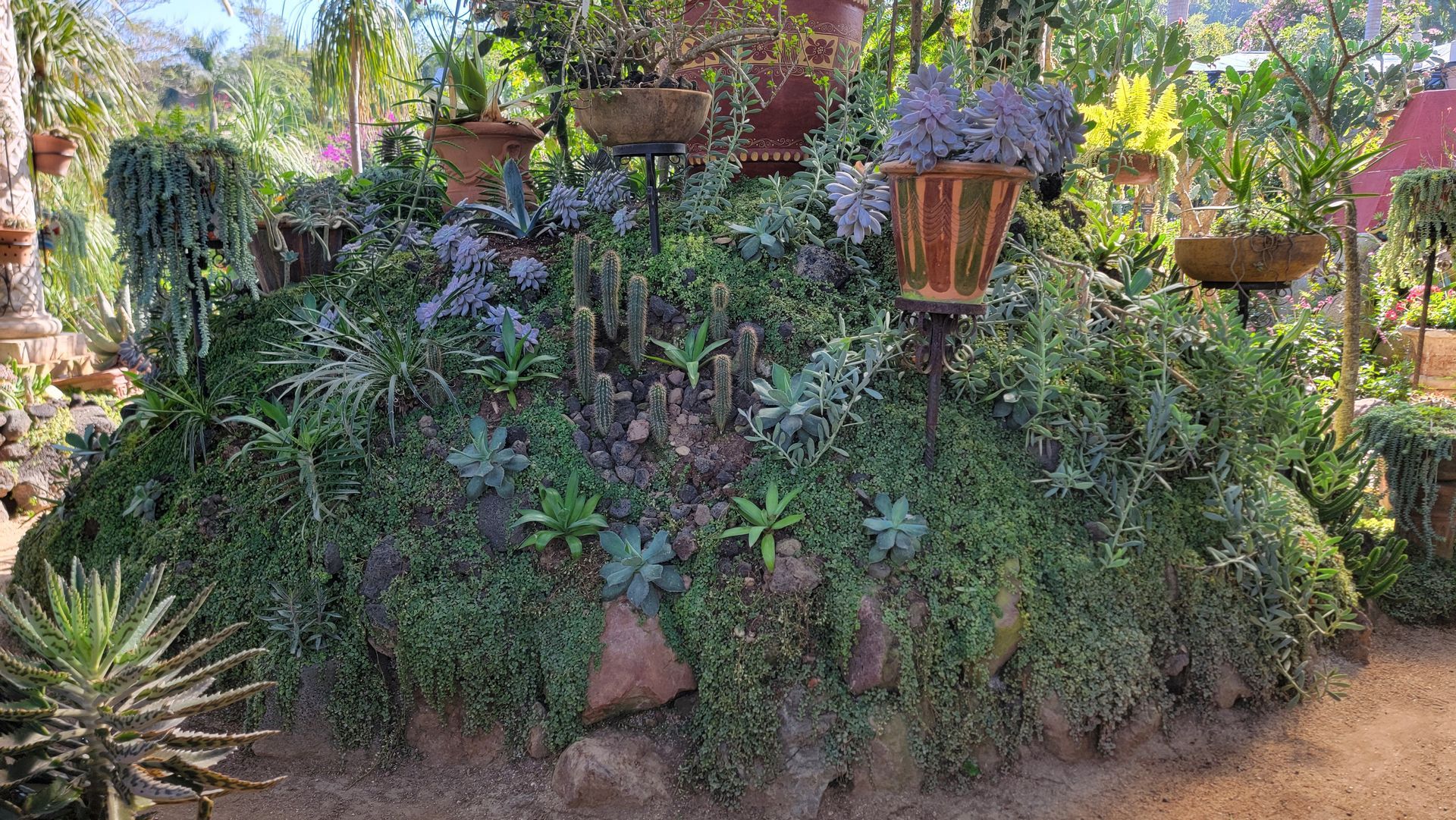Osmanthus—the Legendary Flower of Kweilin: Part Two
As the new owner of a landscape design and installation company in 1983, I found that many times I needed an evergreen that was not a Rhododendron, Ligustrum, Photinia or one of the Prunus. I wanted a genus that was tough, did not get diseases, came in various sizes and did not mind full sun or even drought occasionally. I wanted something that had fragrant flowers but was not messy and did not grow so fast that it overpowered clients’ or my ability to manage.
One day, I was asked to check out the plants in a back yard of an old home in the northwest area of Portland. The client wanted a landscape makeover but first wanted to know which plants to keep. All of the plants in the garden were a minimum of 25 years old and were either enormous or hacked badly. After walking around the many Yews, chopped Junipers and Rhodies, I came upon three similar plants that I had not seen before. They were lightly trimmed, about four feet in height and breadth, and had trunks of about 3-inch diameter. They were covered with buds and were just beginning to bloom. Their leaves were small, about 1 inch long and ½ inch wide, lightly toothed and evergreen. The little white trumpet flowers had a light powdery sweet fragrance during late March. I asked the clients if they were familiar with the plant. They said “no” but that it was the only plant which they really enjoyed in their garden and they wanted to keep it.
I took a leaf in to several nurseries and no one knew what it was. I looked in my books and happened to revisit the genus Osmanthus. The leaf and flower looked like the picture of Osmanthus delavayii. I was excited. Here was the fragrance I wanted in an evergreen and was not huge, even after 25 years. It was a manageable size with only light trimming. When I returned a week later the plant was in full white bloom, very fragrant and beautiful.
Next, I came across Osmanthus x burkwoodii. This is a cross of Osmanthus delavayii and Osmanthus decorus. It fit perfectly in my scheme of things as this plant is great for a smaller hedge. I have found that it can be easily maintained at about 5 to 6 feet with once-a-year trimming. In spring, it has about the same powder sweet scent as delavayii. Its leaves are bigger, about 2 inches long and about 1 inch wide and not toothed.
Osmanthus heterophyllus and its varieties came next. This tough evergreen’s fragrance attracted my attention one October in Lake Oswego while I was weeding at a house near the lake. I thought that it was a strange Holly but quickly found that, no, here again was an Osmanthus to add to my collection! Its leaves were opposite like the other Osmanthus plants and not like a Holly’s. It is a tough evergreen and its fragrance is a bit like honey and jasmine.
There are several varieties of O. heterophyllus, but ‘Goshiki’ has become my favorite. It is slow growing and the foliage develops amazing color combinations of medium green and yellow splotches with pink streaks. It does burn in reflected heat but can take full sun. The term heterophyllus means varying leaves. When it is young the leaves tend to be somewhat toothed like a holly, but as it grows into maturity it develops leaves that are smooth or only occasionally toothed and appears almost to be a different bush.
One of my favorite spots in Seattle is the University of Washington Arboretum. I have found many live plants there that I have seen only in books. I decided in the 80s that I would locate every Osmanthus in the park to see if there were other species that were special. I did come across O. decorus, O. americanus, O. armatus, O. burkwoodii, O. fragrans, O. Yunnanensis, and O. fortunei. (O. suavis or O. serrulatis were listed as in the arboretum, but I could not find them.)
Since then, I have purchased and grown all of the above species except the two that I could not find in the Arboretum. (Osmanthus can quickly be differentiated from Ilex by their opposite leaves. Ilex leaves are never opposite.) Here are a few of the species I have enjoyed:
O. decorus is a neat mounding evergreen with little white mildly fragrant spring blooms. It is tough and drought tolerant even in dense shade. Its leaves are about three inches long and about one to one and a half inches wide. They are not toothed at all. If I could find a good source I would use it much more often.
O. Yunnanensis looks sort of like a much larger O. decorus. It has the largest leaves of any that I have seen and is not toothed like armatus or heterophyllus. It has olive green leaves and blooms profusely and fragrantly in spring. So far, it is the Osmanthus that I think is the best small evergreen patio tree or specimen. It looks a bit like a Michelia or Parakmeria. I would use it on our designs also if I could find it anywhere but Woodlander’s Nursery in Aiken, Georgia.
O. x fortunei is a cross between O. heterophyllus and O. fragrans. I have found this to be the most satisfying Osmanthus for taller hedging in our climate. It is a tough evergreen, completely drought tolerant, hardy in shade or sun and has the most amazing fragrance on a warm autumn day. It is the fastest growing of them all but can be easily contained to 8 feet. Its fragrance to me is a mix of the jasmine and honey of heterophyllus and the jasmine and apricot mix of O. fragrans. O. x fortunei comes in two varieties that I have found:
‘San Jose’ which is a little more narrow growing and lighter green, and Natchez which is darker green and wider. They can be found at Woodlander’s, Gossler’s (Springfield, Oregon), Greer’s (Eugene, Oregon) and Heronswood (Seattle Area).
O. fragrans was the species for which I most wanted to find a hardy variety and dependable bloomer for our climate. Many varieties of O. fragrans are grown commercially in China. One of their favorite varieties, also quite common in San Francisco, is called O.f. aurantiacus. It is known in New Orleans as “Orange Tea Olive.” Its blooms are a rusty orange and very fragrant. I have had trouble with hardiness in this variety and it has never bloomed for me, but I haven’t given up on it.
Sean Hogan of Cistus Nursery here in the Portland area recently told me of some O. fragrans varieties new on the market. I am in the process of trying them out. They are purported to be hardier with an earlier bloom period.
(These Osmanthus varieties can all be found at Nurseries Caroliniana, Inc., www.nurcar.com.)
O. f. ‘Thunbergii’—supposedly longer blooming and yellow flowered.
O. f. ‘Nenjing’s Beauty’—also longer blooming, white flowered.
O. f. ‘Fudingzhu’—purported to be the most fragrant and blooms off and on all year.
My deck is finally built and I am currently pondering the exact locations where I can plant these three varieties of O. fragrans, so that their fragrance will waft up onto the deck. Naturally, I want to appreciate their beauty also. One day I plan to make the perfect cup of Osmanthus tea and I won’t have to live in Kweilin or New Orleans to do it, I will just sit back on my deck and sip.
The Chinese are very fond of Osmanthus fragrans flowers in tea and as a perfume; hence the English Southern name of the plant, “Tea Olive.” The center for the culture of O. fragrans in China is Kweilin on the Likiang River. The name of the city means, “Forest of Sweet Osmanthus”.
—Phil Thornburg
